Gathering space: a new cultural centre opens in the South Korean city of Gwangju
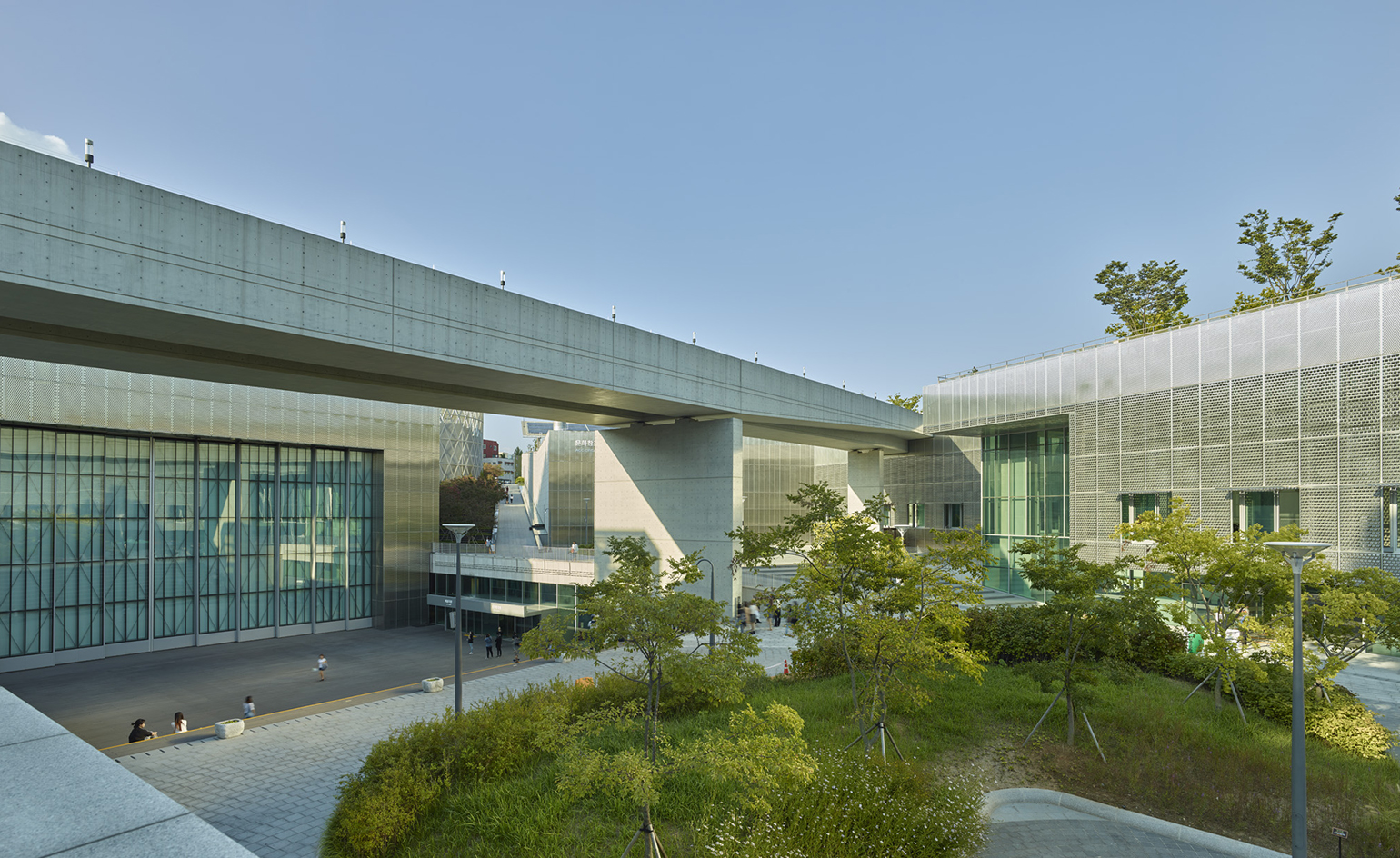
The Forest of Light (also known as the Asia Culture Centre) is the latest addition to the flourishing South Korean city of Gwangju by award winning US architecture firm Kyu Sung Woo.
The spectacular civic space – situated in the heart of Gwangju's historic centre – aims to play a crucial role in supporting and nurturing culture in the growing city, forging its new identity through a series of new programmes. It also stands as a memorial to the events and victims of the Gwangju Uprising of 1980, which took place on the same site.
Being a central project in Gwangju’s ongoing initiative for development and regeneration, the Forest of Light will act as a catalyst to South Korea’s national economic plan to develop seven new cultural districts across the country.
The architects have employed concepts of light and transparency to weave their design into the surrounding urban fabric. Both these elements relate strongly to the meaning of the word Gwangju, which literally translates to ‘City of Light’.
The chosen material palette, form composition and mechanical systems were all tailored to fit the local climate. The building’s green roof and its geothermal and solar energy systems make it a shining example of eco-efficient design.
The steel and glass complex totals 143,000 sq m and is composed of five central facilities; the Cultural Exchange space, archive and research, children’s areas, a ‘creation’ room and a theatre. These are laced together with a forested park, family play areas and a series of generous civic spaces. The green areas provide some much-needed 'breathing space' for Gwangju's densely built city centre.
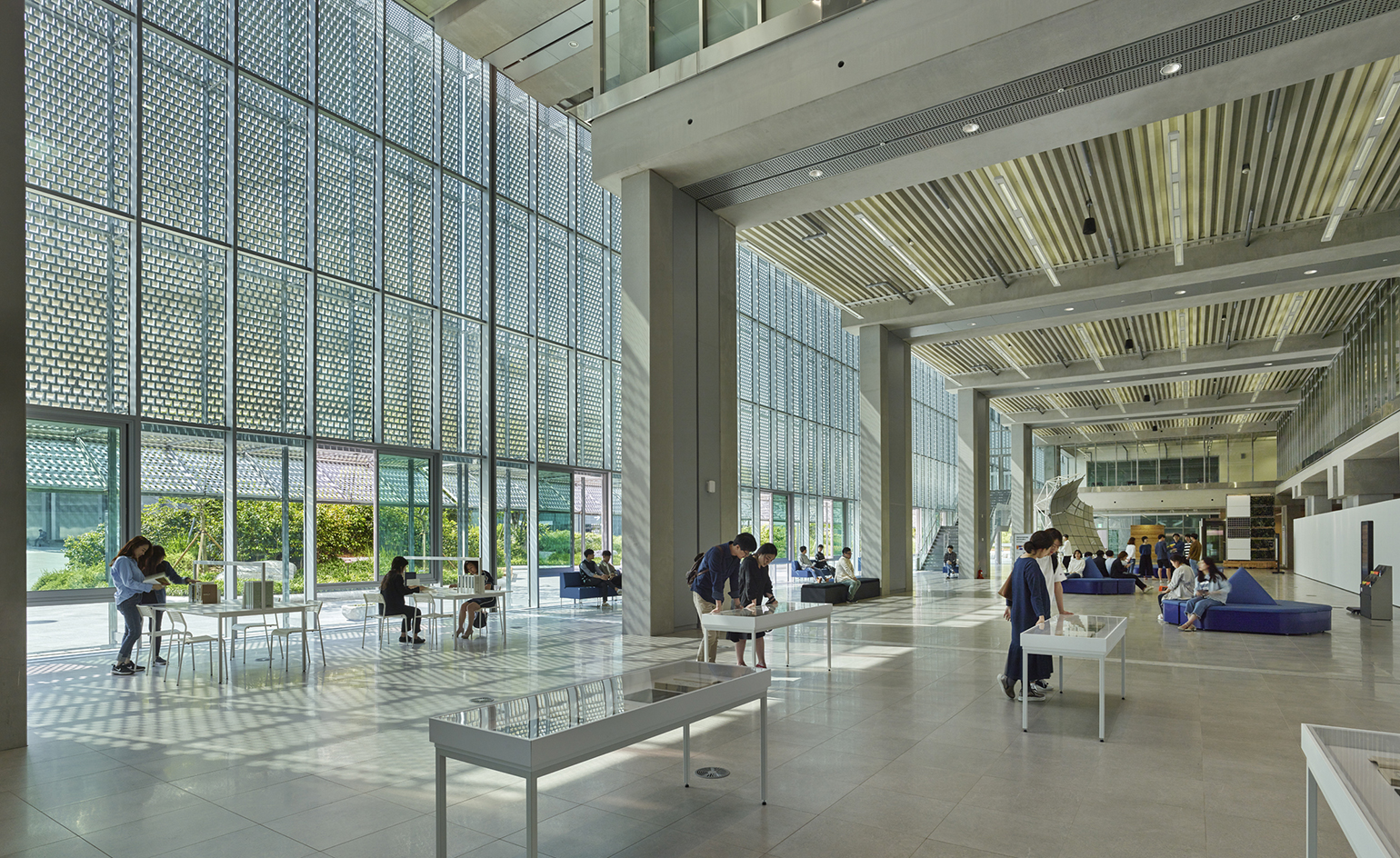
Light and transparency played a crucial role in the design, also referencing Gwangju's translated reputation as the 'City of Light'
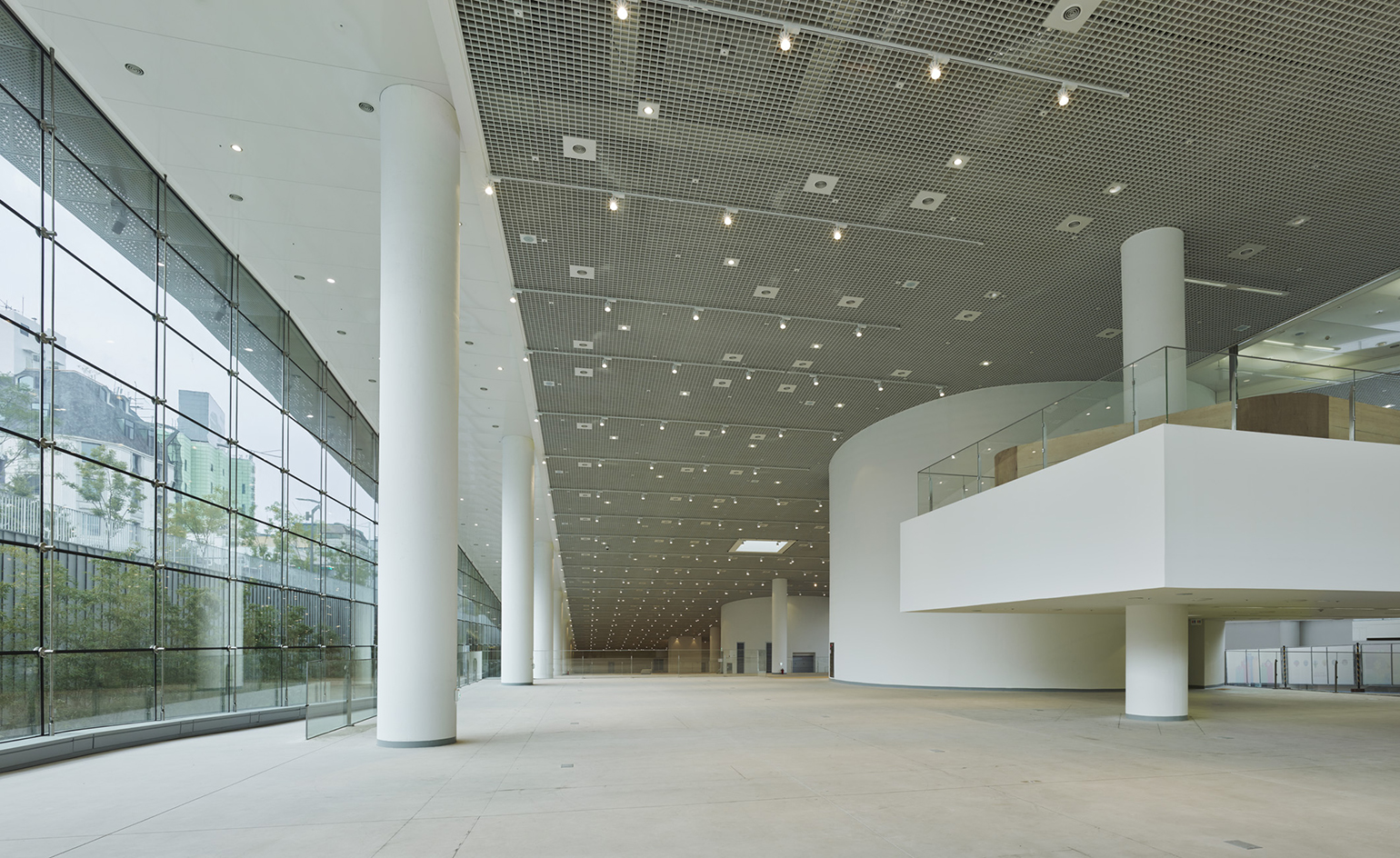
The building is composed of a series of long volumes and houses five departments, which span the subjects of humanities, arts, and science and technology
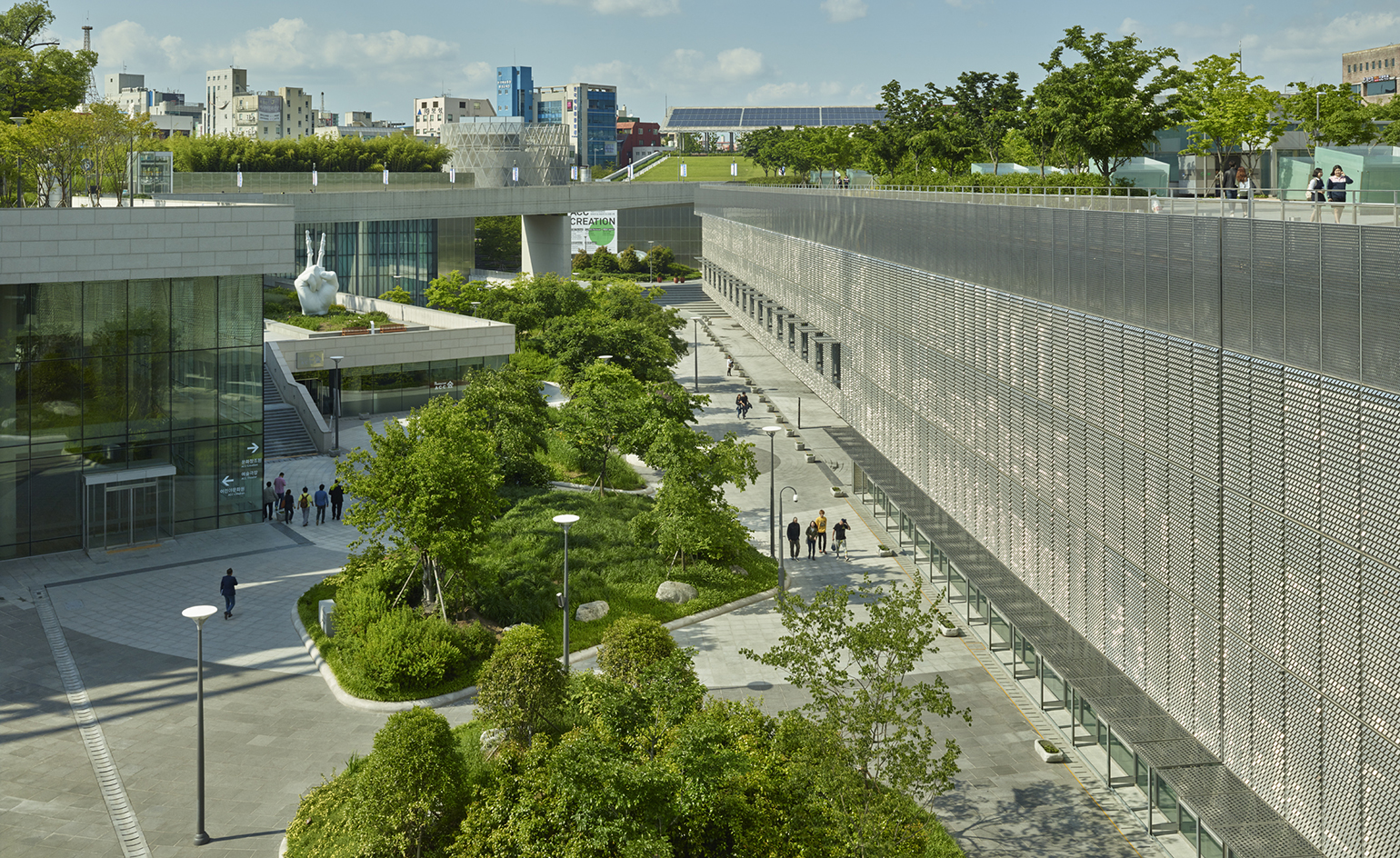
Light enters all areas of the building through a strategically positioned series of external courtyards
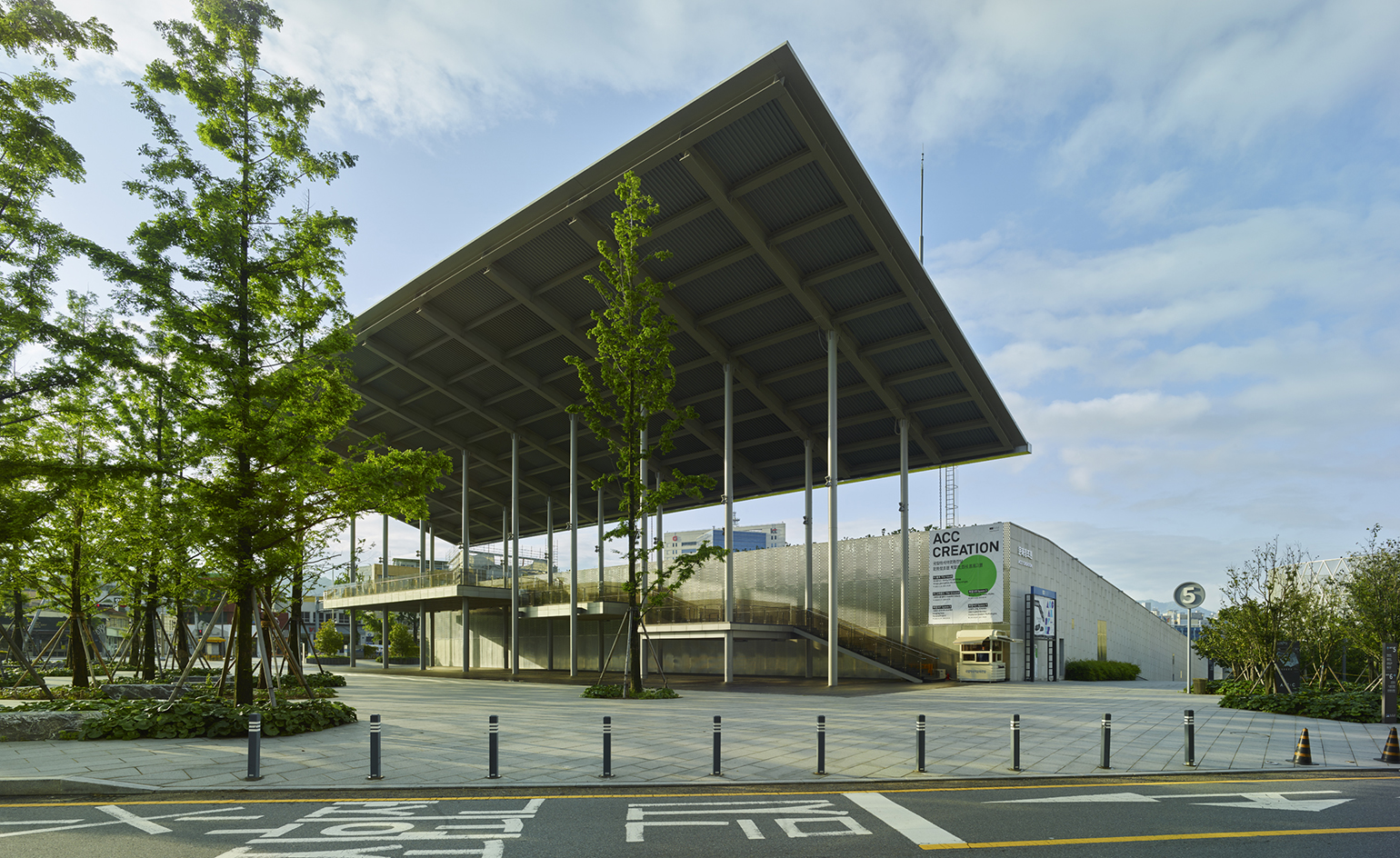
The building was optimised to work with the local climate; it features a green roof, and geothermal and solar energy systems
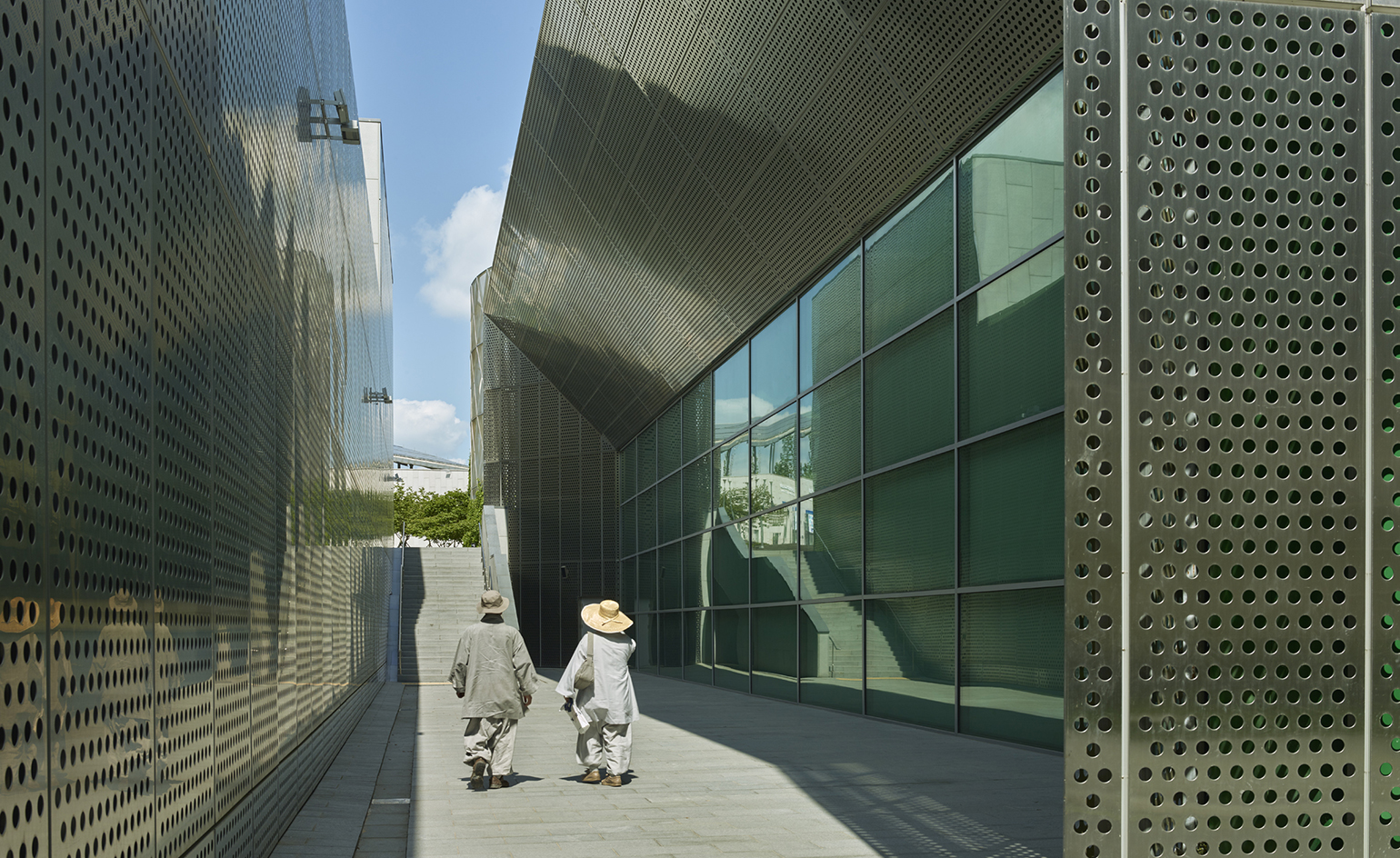
The building will also act as a memorial to the events and victims of the Gwangju Uprising of 1980, which took place on the structure's site
INFORMATION
For more information, visit the Kyu Sung Woo website
Photography: Tim Hursley
Wallpaper* Newsletter
Receive our daily digest of inspiration, escapism and design stories from around the world direct to your inbox.
-
 Marylebone restaurant Nina turns up the volume on Italian dining
Marylebone restaurant Nina turns up the volume on Italian diningAt Nina, don’t expect a view of the Amalfi Coast. Do expect pasta, leopard print and industrial chic
By Sofia de la Cruz
-
 Tour the wonderful homes of ‘Casa Mexicana’, an ode to residential architecture in Mexico
Tour the wonderful homes of ‘Casa Mexicana’, an ode to residential architecture in Mexico‘Casa Mexicana’ is a new book celebrating the country’s residential architecture, highlighting its influence across the world
By Ellie Stathaki
-
 Jonathan Anderson is heading to Dior Men
Jonathan Anderson is heading to Dior MenAfter months of speculation, it has been confirmed this morning that Jonathan Anderson, who left Loewe earlier this year, is the successor to Kim Jones at Dior Men
By Jack Moss
-
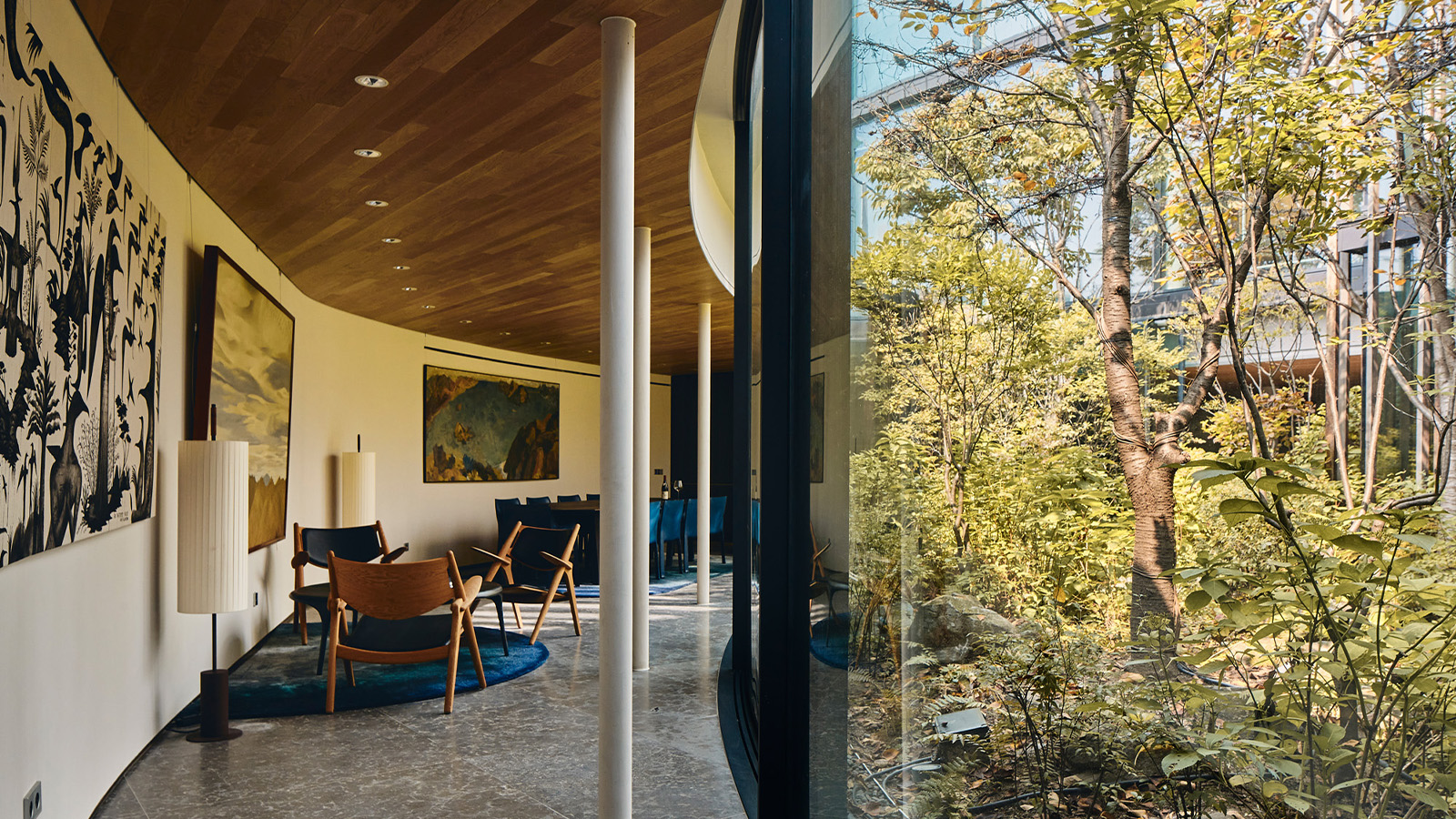 Join our tour of Taikaka House, a slice of New Zealand in Seoul
Join our tour of Taikaka House, a slice of New Zealand in SeoulTaikaka House, meaning ‘heart-wood’ in Māori, is a fin-clad, art-filled sanctuary, designed by Nicholas Burns
By SuhYoung Yun
-
 Wallpaper* Architects’ Directory 2024: meet the practices
Wallpaper* Architects’ Directory 2024: meet the practicesIn the Wallpaper* Architects Directory 2024, our latest guide to exciting, emerging practices from around the world, 20 young studios show off their projects and passion
By Ellie Stathaki
-
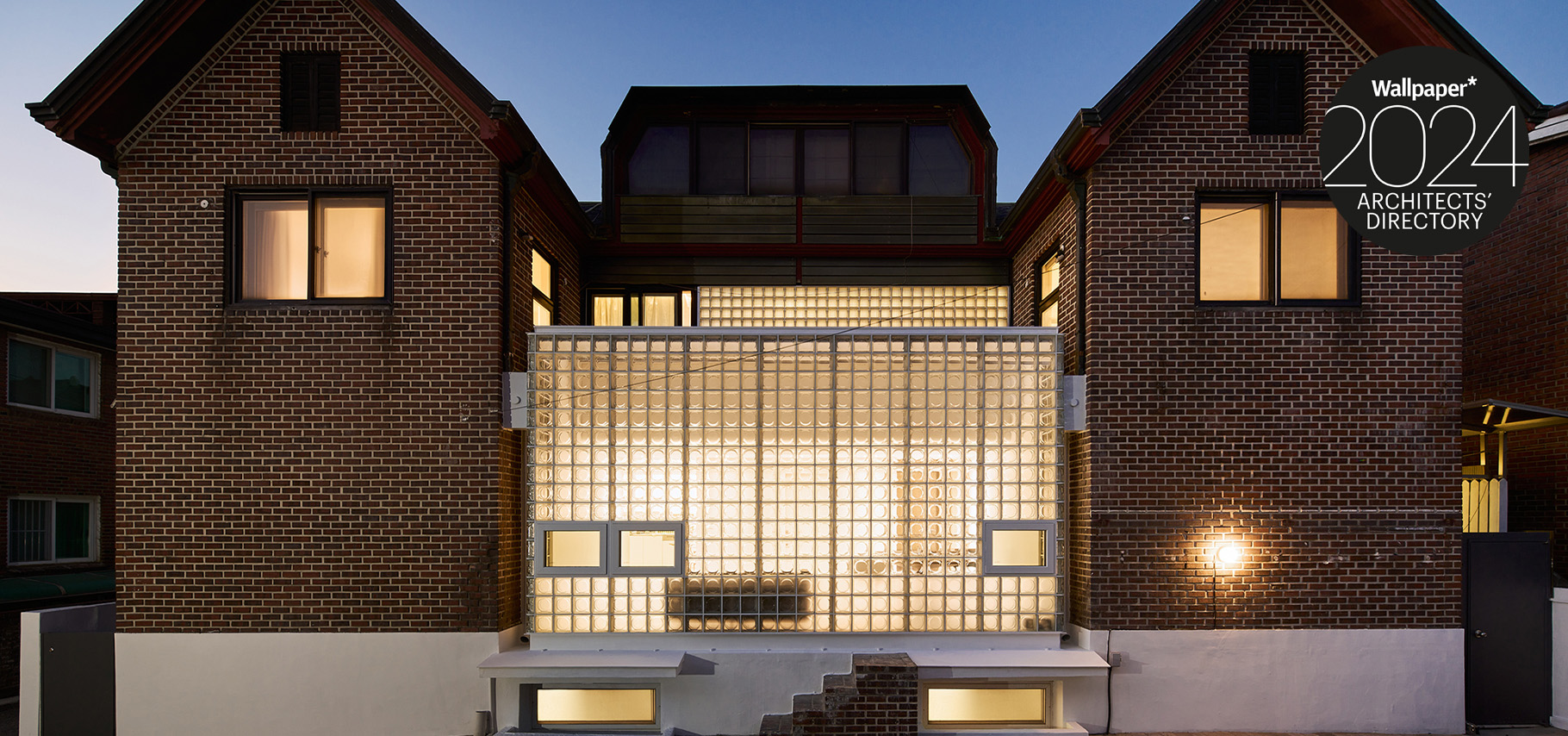 Studio Heech transforms a Seoul home, nodding to Pierre Chareau’s Maison De Verre
Studio Heech transforms a Seoul home, nodding to Pierre Chareau’s Maison De VerreYoung South Korean practice Studio Heech joins the Wallpaper* Architects’ Directory 2024, our annual round-up of exciting emerging architecture studios
By Tianna Williams
-
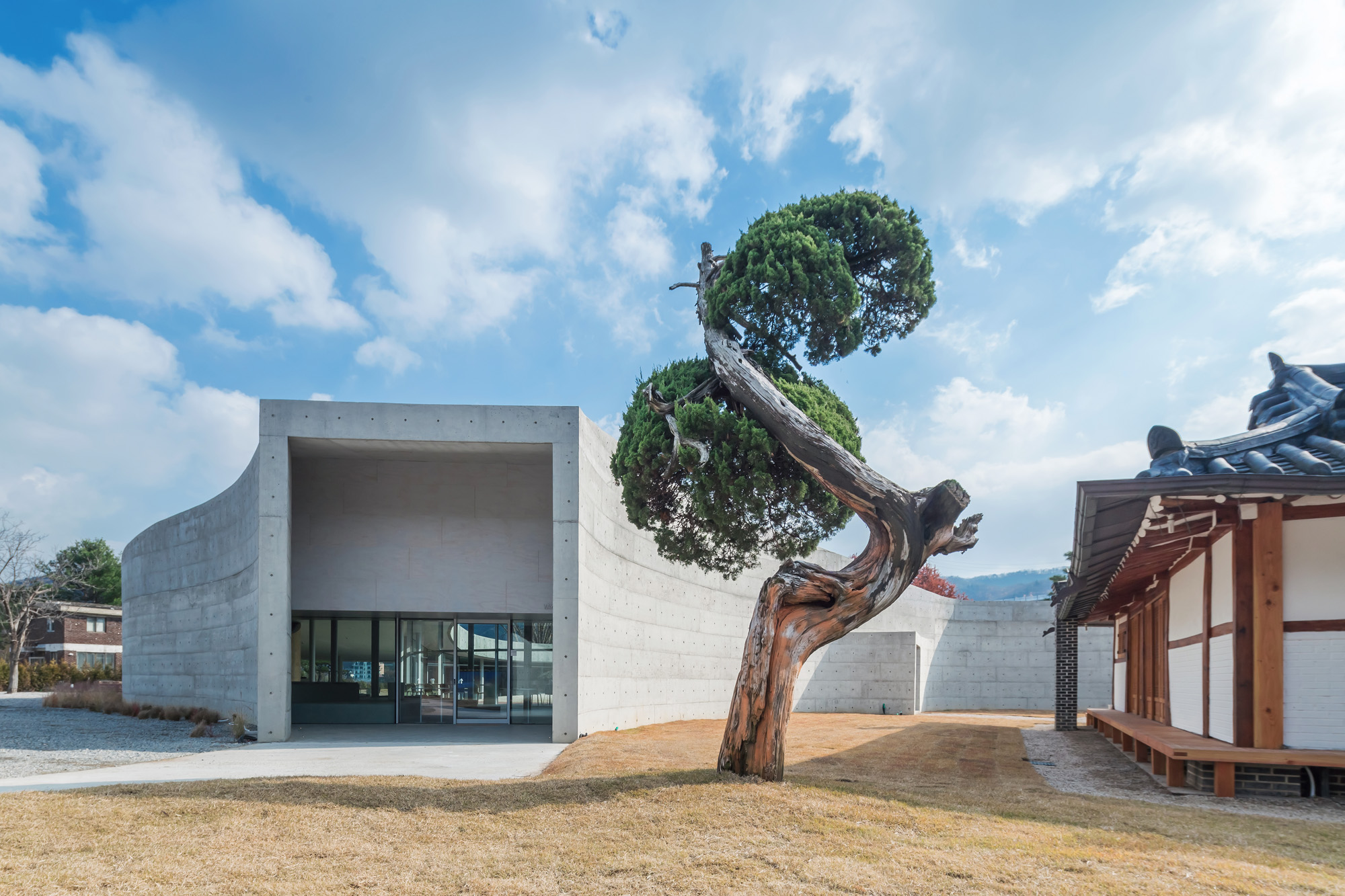 Architect Byoung Cho on nature, imperfection and interconnectedness
Architect Byoung Cho on nature, imperfection and interconnectednessSouth Korean architect Byoung Cho’s characterful projects celebrate the quirks of nature and the interconnectedness of all things
By Ellie Stathaki
-
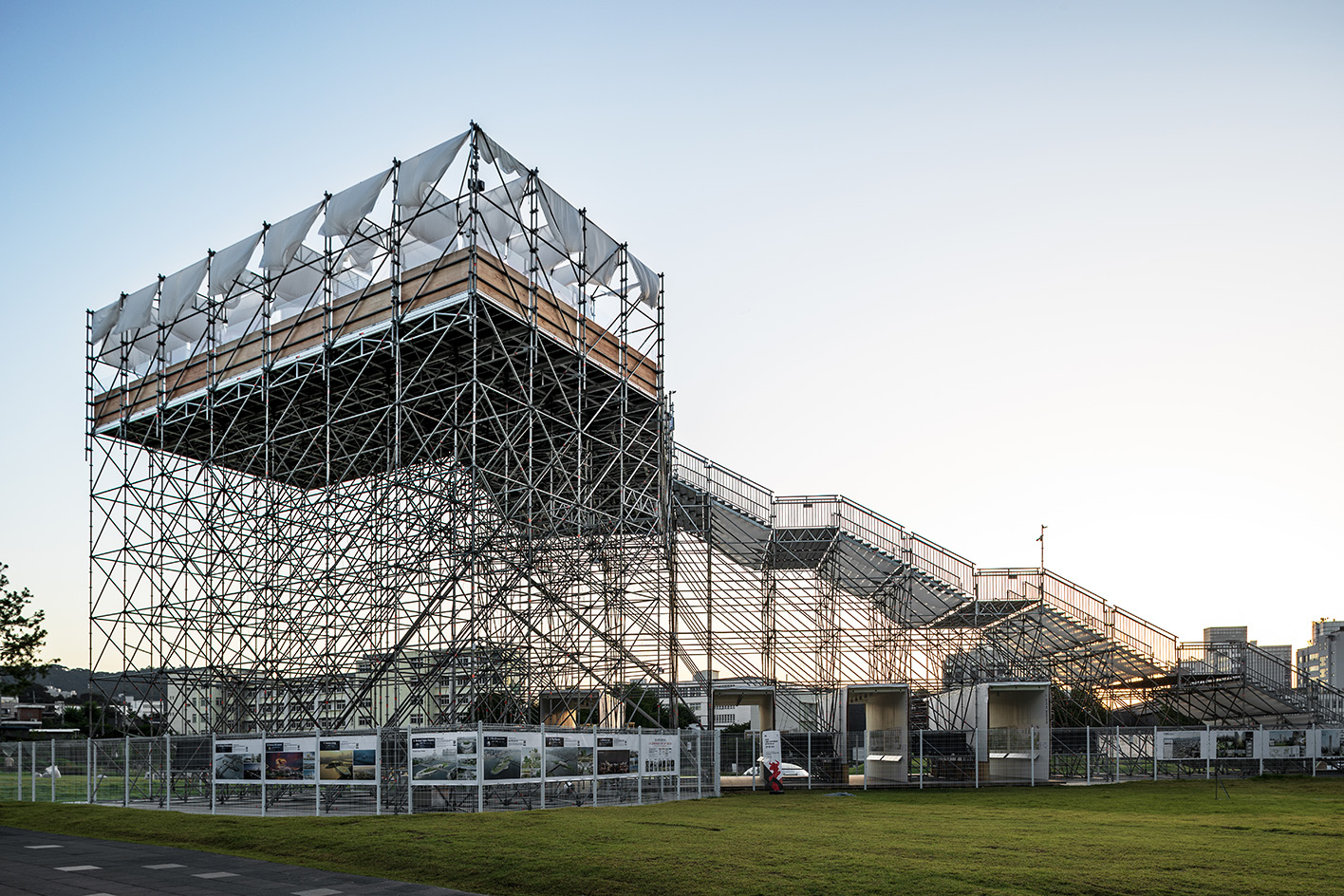 2023 Seoul Biennale of architecture invites visitors to step into the outdoors
2023 Seoul Biennale of architecture invites visitors to step into the outdoorsSeoul Biennale of Architecture and Urbanism 2023 has launched in the South Korean capital, running themes around nature and land through the lens of urbanism
By SuhYoung Yun
-
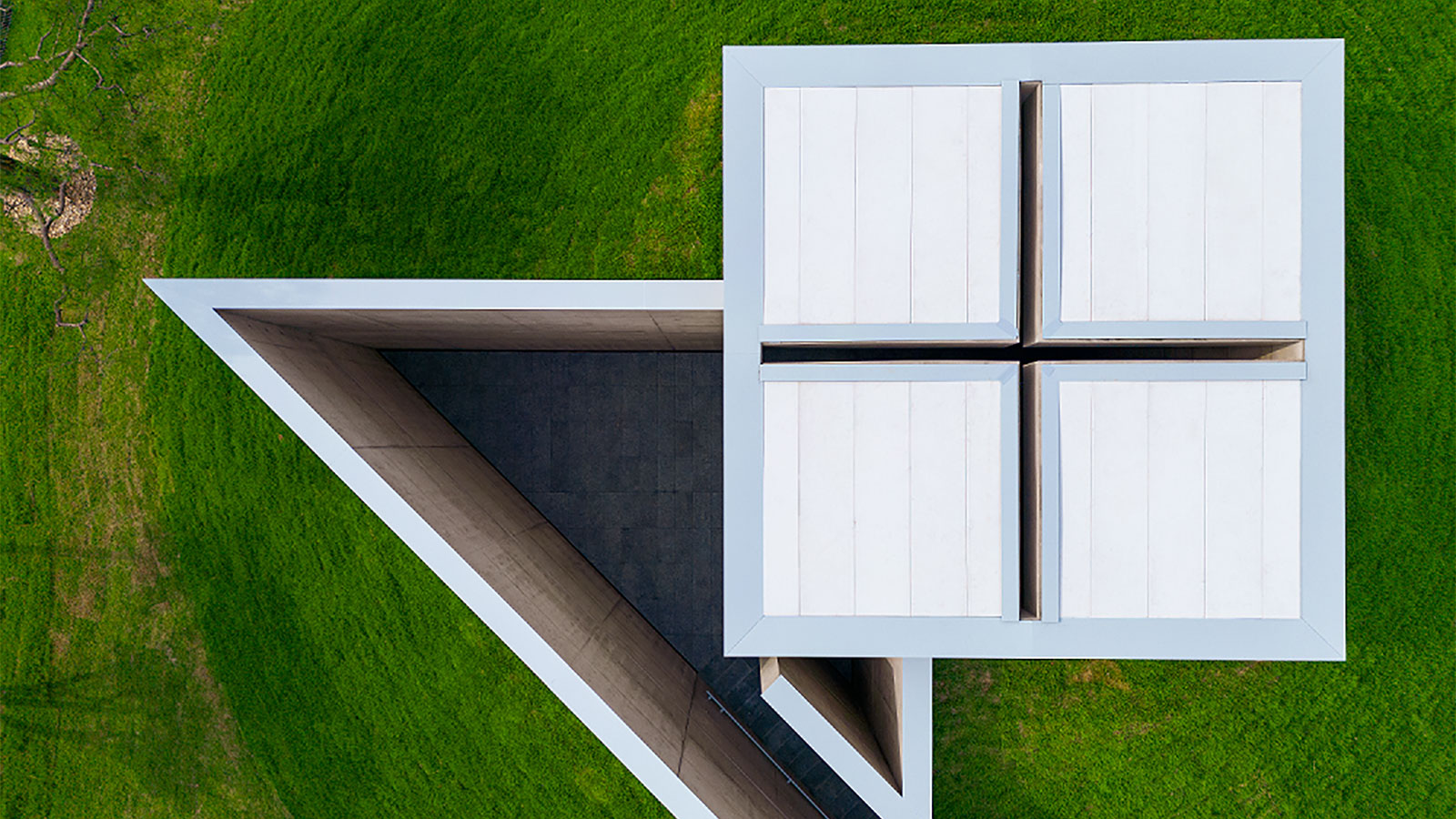 Tadao Ando’s ‘Space of Light’, a meditation pavilion, opens in South Korea
Tadao Ando’s ‘Space of Light’, a meditation pavilion, opens in South KoreaTadao Ando’s ‘Space of Light’ pavilion opens at Museum SAN in South Korea
By SuhYoung Yun
-
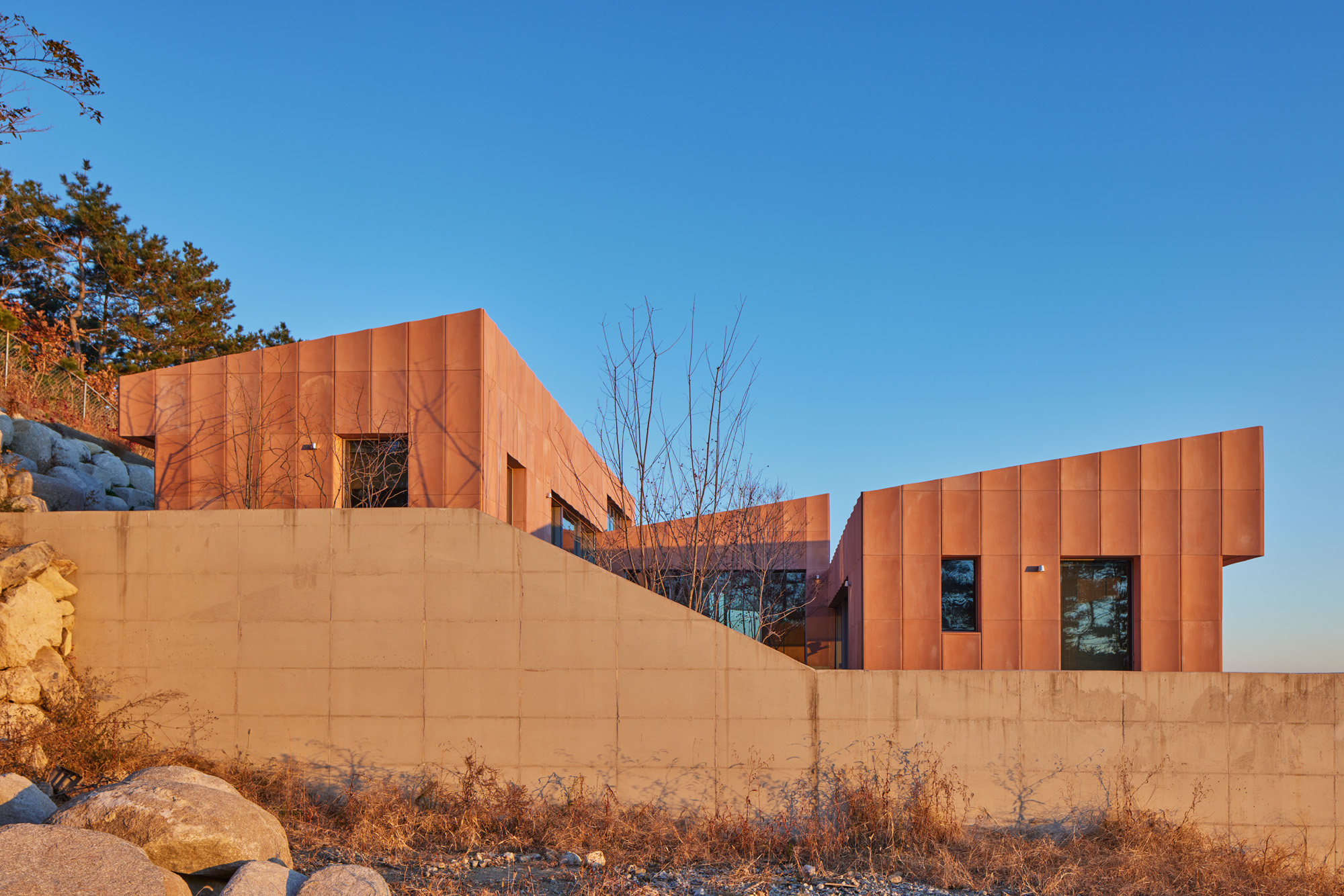 Seosaeng House is a holiday home designed to capture the rising sun
Seosaeng House is a holiday home designed to capture the rising sunSeosaeng House, Studio Weave’s first project in South Korea, is a clifftop holiday home perfectly designed to capture a new day dawning over the East Sea
By SuhYoung Yun
-
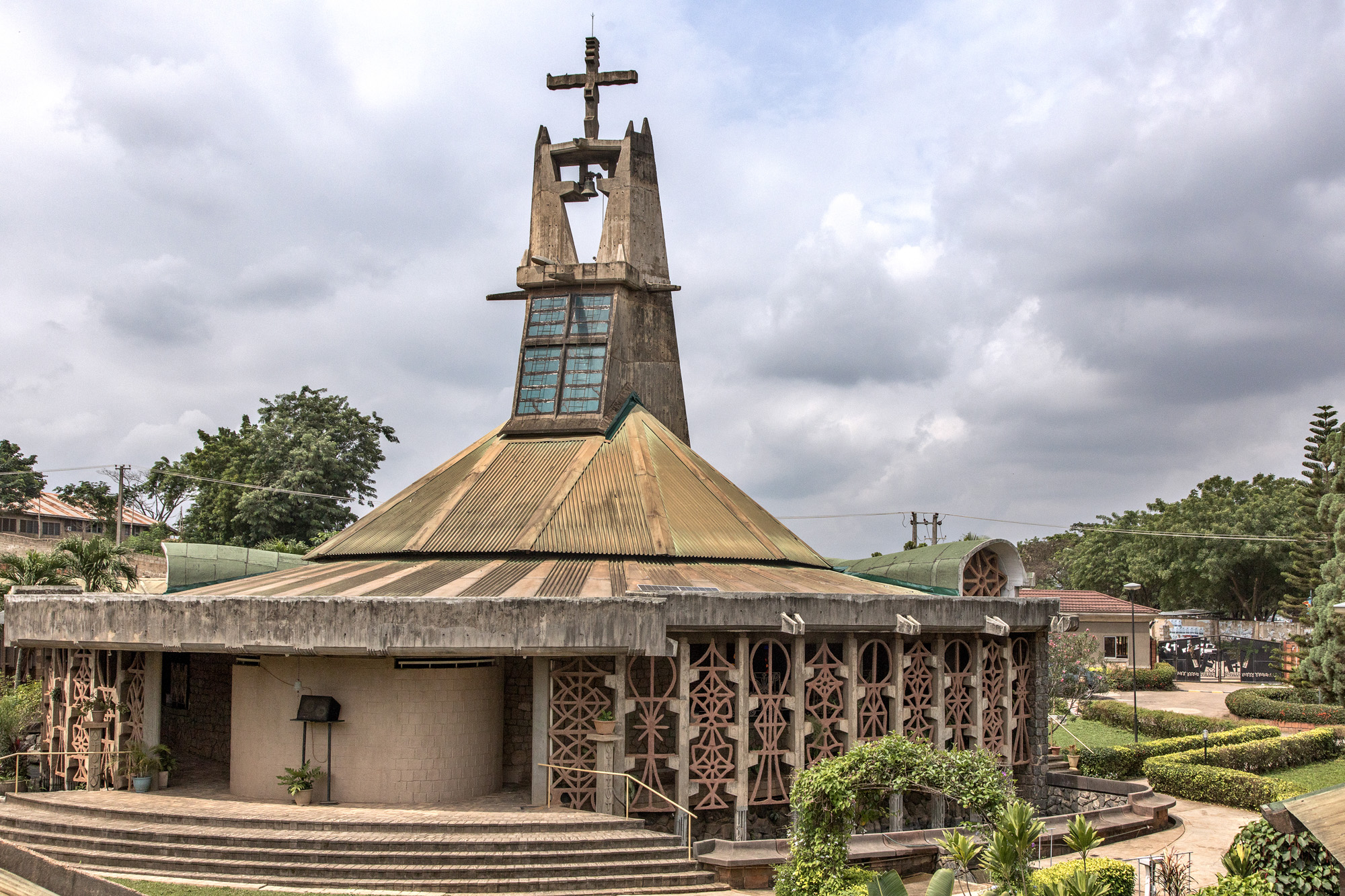 The pioneering architecture of Nigerian artist-designer Demas Nwoko
The pioneering architecture of Nigerian artist-designer Demas NwokoThe work of pioneering Nigerian artist-designer Demas Nwoko has stood the test of time; as he is awarded the Golden Lion for Lifetime Achievement at the Biennale Architettura 2023
By Ijeoma Ndukwe